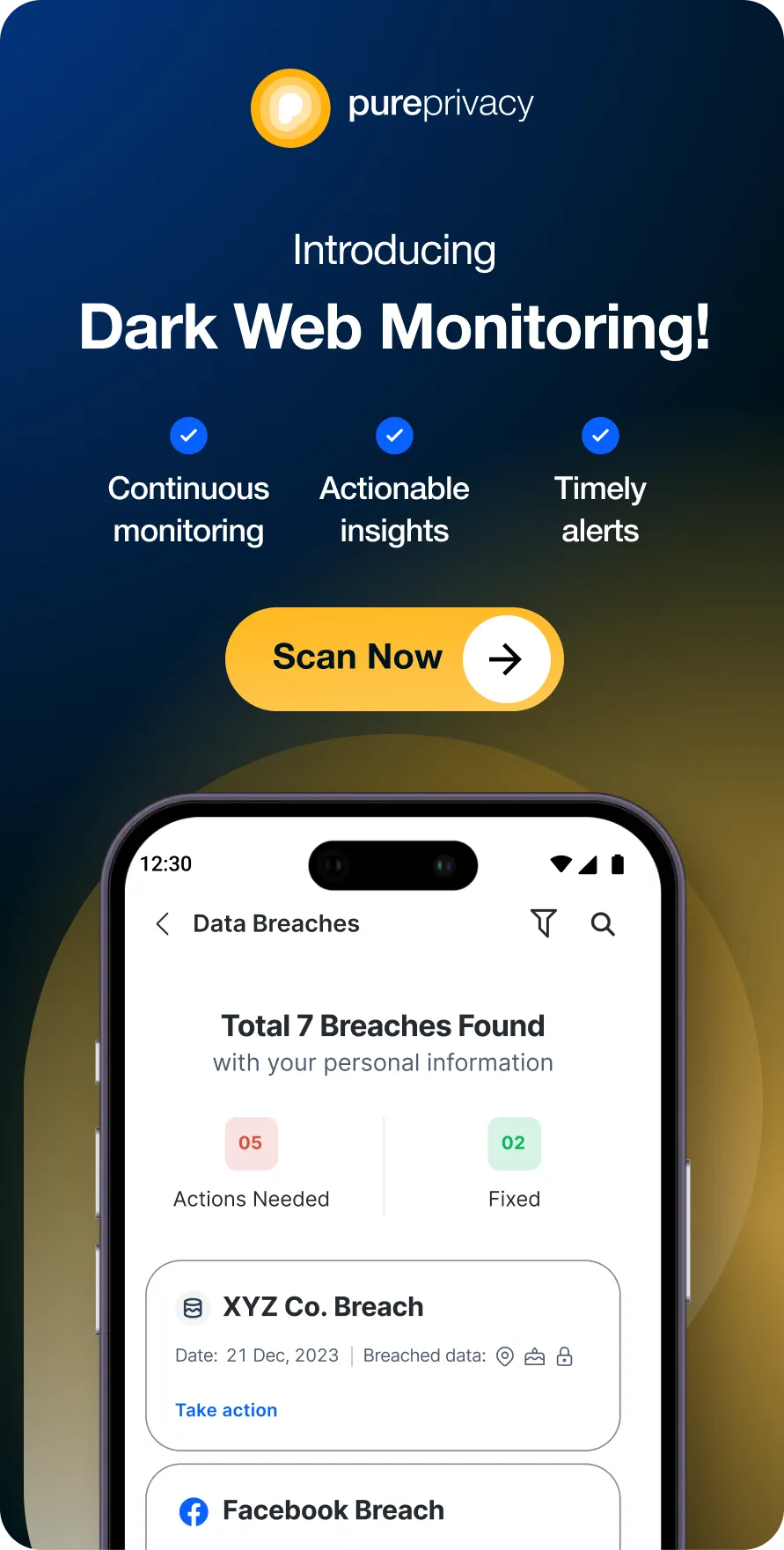It is not as complex as you might think! If you are searching for an easy-to-follow guide on how to change location on Google Pixel, you have come to the right place. Knowing how to change your location settings is crucial whether you use Google Maps, weather apps, or other location-based services.
This guide will lead you through the process on how to change location on Google Pixel.
How To Turn On/Off Your Google Pixel's Location
Method 1: Quick Settings
- Swipe down from the top of your screen to visit the Quick Settings menu.
- Hold the location icon.
- Toggle the switch to turn the location on or off.
Method 2: Settings Menu
- Swipe down from the top of your screen and tap the Gear sign.
- Tap on the Location button this will bring up the Location settings.
- To turn it on or off, toggle the switch next to Use location.
How to Change Location on Google Pixel
To change your location on a Google Pixel device, follow these steps:
Method 1: Using GPS, Wi-Fi, and Mobile Networks
- SFirst of all, to access the Settings menu, swipe down from the top of your screen and tap on the Gear icon.
- Tap on the Location option to open the Location settings.
- Toggle switch is in the On position.
- Select one of the location modes below:
- Highly accurate: GPS, Wi-Fi, and mobile networks are used to provide the most precise location available.
- Battery saver: Connect to WiFi to save battery life.
- Device only: Uses GPS alone, which is less accurate but more battery-efficient.
- After that tap Improve location accuracy to enable Google Location Services, which provides more precise location information.
Method 2: Use a VPN (Virtual Private Network)
- Install a VPN App: Go to the Google Play Store and find a reliable VPN app.
- Open the VPN app: Sign in to your account after opening the app.
- Choose a server location: Choose a server location from the app's list of servers.
- Connect with the Server: To connect to a VPN, tap the Connect button.
- Verify Location Change: Once connected, your device's IP address will be paired with the selected server location, which will change your virtual location.
What is the Emergency Location Service on Google Pixel?
Emergency Location Service (ELS) is a feature in Android smartphones, such as Google Pixel phones, that allows first responders to identify emergency callers and texters more quickly and accurately.
How Does it Work?
- Activation: ELS is turned on automatically when you make an emergency call or send an emergency text message.
- Location Data Collection: The device identifies your location by combining GPS, WiFi, and cell tower signals.
- Data Transmission: This location information, along with other relevant data such as your device's language, is then sent to emergency services.
- Faster Response: Emergency services can respond faster and more efficiently when they have more accurate location data.
How to Turn On/Off Emergency Location Service
To switch Emergency Location Service (ELS) on or off on your Google Pixel:
Method 1: Through the Settings
- Visit the Settings menu.
- After that tap on the Location option.
- Then tap on the Location Services button.
- Lastly, tap on the Emergency Location Service or Google Emergency Location Service option.
Method 2: Using the Emergency SOS Settings
- Firstly, open the Settings app on your mobile device.
- After that tap on the Safety and Emergency option.
- Then tap on the Emergency SOS option.
- Next, under How it Works, tap on the Settings icon.
- Lastly, tap on the Turn off Emergency Location Service option.
How Google Pixel Tracks Your Location?
Google Pixel phones, like many other smartphones, use a variety of technologies to detect your location. This is how it works.
- Global Positioning System (GPS)
- WiFi Networks
- Cellular Network Triangulation
- Google's Location Services
Why Does Google Track Your Location?
Google uses location data for the following reasons:
Better Product Development: Google uses aggregated, hidden location data to enhance its products and services.locations and suspend your account.
Improve Google Maps: By examining your location history, Google can recommend relevant places, traffic updates, and personalized instructions.
Improve Search Results: Google can customize search results to your area, such as displaying local businesses and weather data.
Location-Based Services: Google provides a variety of location-based services, such as Google Assistant, Google Photos, and Google Now.
Frequently Asked Questions (FAQs)
-
How do I change the country on my Google Pixel phone?

On your Android, open the Google Play Store app.
In the upper right corner, tap the Profile icon.
Tap Settings > General Account and Device Preferences.
Tap the country in which you want to create an account.
Follow the on-screen prompts to add a payment method for that country. -
How do I check the Pixel phone region?

Scan the QR code on the bottom edge of the phone's box or go to https://store.google.com/us/device-authenticity?id=xxxxxxxxxxxxxxxx (change xxxxxxxxxxxxxxxx with your phone's IMEI number). It will inform you of the region the phone was designed for.
-
Does Google Pixel work in other countries?

All plans include data, calls, and texts in the US, Canada, and Mexico. Plus, Flexible, and Unlimited Plus plans include international data in over 200 destinations, and supported Pixel phones have 5G connectivity in select countries and territories.
-
Can we change the location of our phone?

You can change your Android phone's location by adjusting your settings, and app permissions, or by connecting to a Virtual Private Network (VPN). There are multiple benefits to changing the current location on your Android device.
In Conclusion
This blog post has fully explained how to manage location settings on your Google Pixel phone. You learned how to turn your location on and off, change location modes, and even change your virtual location with a VPN.
We also looked at how and why Google Pixel tracks your location. Understanding these factors allows you to gain more control over your privacy and tailor your Pixel's location settings to your own needs.




